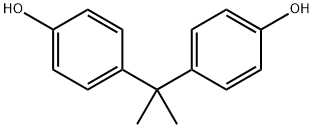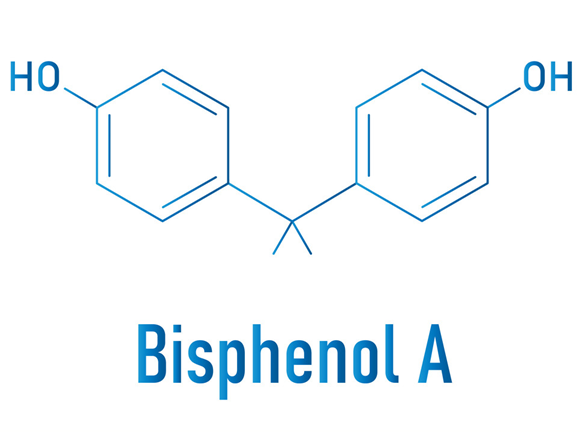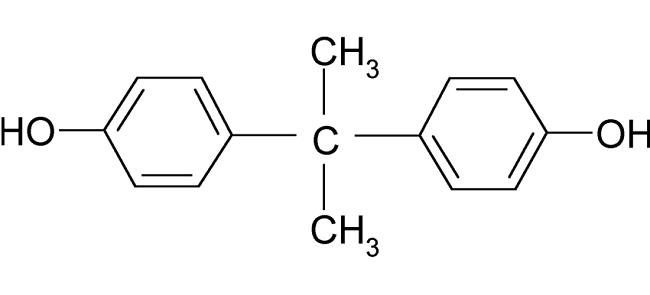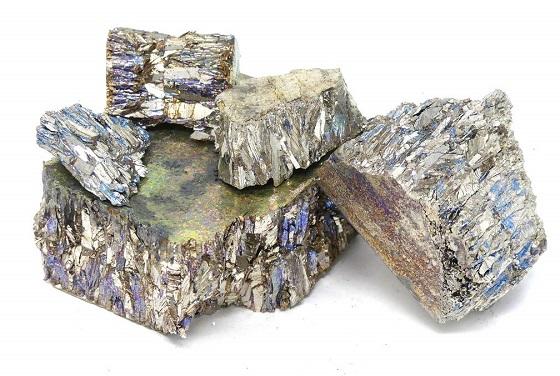Uses of Bisphenol A
Bisphenol A (BPA) was first synthesized in 1891, but it was not used widely until applications in the plastic industry were identified the 1950s. One method of production is by the condensation of 2 mol of phenol with 1 mol of acetone while bubbling hydrogen chloride through the mixture. In 1953, the polycarbonate plastic manufacturing process was described using BPA as the starting material. Commercial production of polycarbonates began in 1957 in the United States and in 1958 in Europe.
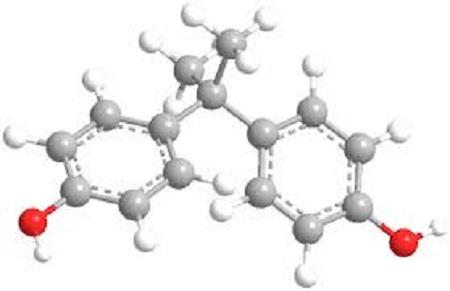
Uses
Bisphenol A (BPA) is one of the highest production chemicals in the world, with a total production of over 3.7 million metric tons per year. Approximately 90% of all BPA is used as an intermediate in the production of epoxy resins and polycarbonate plastics. Epoxy resins are used as food-contact surface coatings for cans (to allow high-temperature sterilization), metal jar lids, coatings and finishes, automobile parts, adhesives, aerospace applications, and as a coating for polyvinyl chloride (PVC) water pipe walls. Polycarbonate plastics are hard, shatter-proof plastics used to make numerous products, such as eyeglass lenses, water bottles, and consumer electronics. Some, but not all, dental sealants contain BPA. In addition, BPA is a component of some specialty applications, such as flame retardants, and as an antioxidant and stabilizer in the production of PVC and other plastics.
Mechanism
Initial investigations of Bisphenol A ’s endocrine activity with the MCF- 7 human breast cancer cell line showed that BPA binds to the estrogen receptor with a relative potency that is three to four orders of magnitude less than that of 17ß-estradiol. Bisphenol A (BPA) elicited estrogenic effects (e.g., increased cell proliferation) at concentrations at or above 2 mg l-1. In addition to acting as a weak estrogen mimic, Bisphenol A (BPA)also competitively inhibits estrogen from binding to the estrogen receptor.
Recent in vitro studies have confirmed that BPA acts as a weak agonist at the estrogen receptor as well as an antagonist at the androgen receptor. These studies found increased expression of estrogen receptor 1-a and androgen receptors in prostate cells treated with BPA. In addition, some studies have also found alternative receptor pathways for BPA, including activation of protein kinases via a membrane G-protein-coupled estrogen receptor, and high-affinity binding to the estrogen-related receptor-γ.
You may like
Related articles And Qustion
Lastest Price from Bisphenol A manufacturers
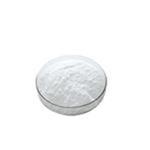
US $6.00/kg2025-04-21
- CAS:
- 80-05-7
- Min. Order:
- 1kg
- Purity:
- 99%
- Supply Ability:
- 2000KG/Month
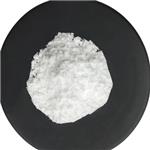
US $999.00-666.00/ton2025-04-21
- CAS:
- 80-05-7
- Min. Order:
- 1ton
- Purity:
- 99%
- Supply Ability:
- 5000
